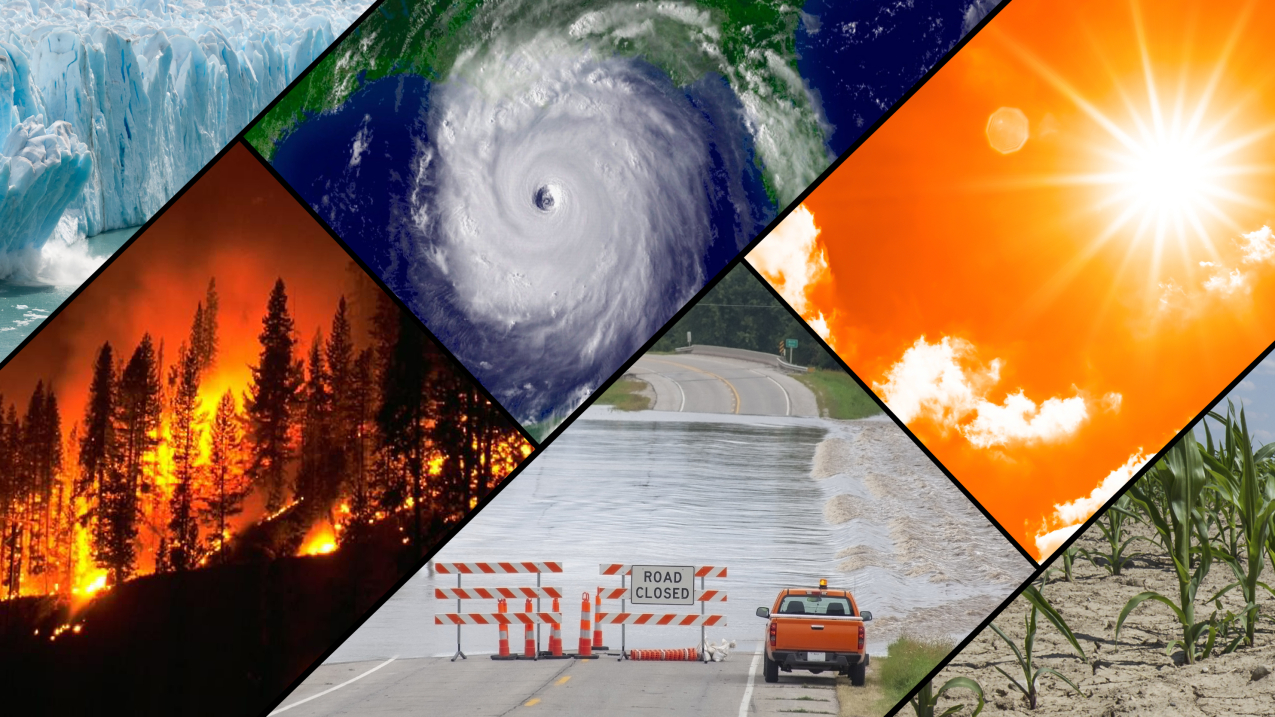 Did you know that the Environmental Protection Agency (EPA) calculates a dollar amount for how much a climate-related death is worth?
Did you know that the Environmental Protection Agency (EPA) calculates a dollar amount for how much a climate-related death is worth?
It is called the SCC, or the Social Cost of Carbon. What country you live in and how high your income is, determines the value.
There has been controversy over how ethical this system is because experts don’t believe it weighs all lives equally. But how is it calculated? What are the concerns? Let’s find out…
How Is SCC Calculated?
The SCC is calculated in four steps:
- Future emissions are predicted using several factors, such as economic growth and population.
- Models are created for future responses to climate events like rising sea levels and rising temperatures.
- The economic impact of climate change is evaluated on different aspects of the economy like energy, health, and agriculture.
- Costs of future climate events are calculated at today’s dollar value. Then, costs are added to find the total damages.
Currently, the SCC is at an interim cost of $51/ton of carbon released, but this is only until a more comprehensive cost is determined. Differences in the calculation method may raise the new estimate to $190/ton.
What is “Willingness to Pay”?
 Benefit-cost analysis is a tool used by many agencies to determine whether or not to enact policies.
Benefit-cost analysis is a tool used by many agencies to determine whether or not to enact policies.
In the case of environmental benefit-cost analyses, how much money people are willing to pay for lower pollution risks (benefit), is compared to how much money it actually takes to reduce the pollution (cost). The “benefits” are calculated by what is called the “willingness to pay” metric. This metric implies that wealthier people are more willing to pay for safer environments; a theory that many people find objectionable.
Indeed, passing the cost-benefit analysis doesn’t mean that a policy will benefit everyone. The idea is that those who receive the benefit may be able to “compensate” those on the losing end of the policy in some way.
Climate experts want to ensure that everyone is being protected; everyone’s life is equally valuable, regardless of where you live or how much you earn. Despite the EPA insisting that they don’t assign a value to individual lives, it appears that that’s exactly what’s happening – whether intentionally or unintentionally. For example, one American life is valued as being equal to that of 55 Somali lives.
The New and Improved SCC
In January 2021, President Biden signed executive order 13990, which included a revision of the way the SCC is calculated.
The revisions allow the inclusion of other pollutants – not just carbon – in the overall cost. It allows for more flexibility in how the SCC is derived, and how it can be applied taking into account both domestic and global citizens.
Since the SCC provides an estimate of how much it will cost to begin reducing pollutants, steps can now be taken to implement clean energy techniques in a variety of arenas. The implementation of these clean techniques will create new jobs and help boost the economy.
Thanks to the revision of the SCC, we can finally get an idea of the true cost of pollution around the world!
Sources: EPA, Common Dreams, Resources.org, Federal Register.gov, RFF.org







